The Arizona State Music Teachers conference was held May 31-June 2nd in Phoenix this year. We had the privilege to have Ingrid Clarfield and Brian Chung as well as many other excellent presenters. I wanted to first share my notes from Ingrid’s “Turning Fear into Fun! Preparing your students for auditions and competitions” presentation. Even if you don’t put your students into competitions, there are many wonderful ideas you can take and apply them to your teaching.
- Not every competition is right for every student. Choose the right event for your student. Check out what it costs. Know the one’s that politics are involved. Do your homework. What are the repertoire requirements. Watch the timing requirements. Dress qualifications.
- Prepare the entire experience. Greeting the judge- have students ask how the judge is. Hand the judge the music. Adjust the bench. If they have a pillow, bring, pedal extender, etc… if they need it. If they practice with it, they need it. They need to know the name of the piece and the key it’s in. Have them practice saying it.
- They need to know how to warm up. “May I warm up please?” (If warm ups are allowed). The point of the warmup is to try out the piano. Don’t play a random scale as a warmup. Make it relevant to your piece. Never warm up with a problem area of your piece. No more than 1min. long. Ask what do you know about the piece that you would need to know about the piano? (ie: tone, pedal, etc..) use small sections that has those elements. Can have preparatory exercises to learn and use for warmups.
- Make the judge notice outstanding openings and fabulous finishes. The opening prepares performer (right character, style, tempo, etc.) and gets the audience attention. Add lyrics to get into the “spirit” of the piece. Tells students- “Hold gesture long enough so parents can take a picture.” Each student should have their own unique individual ending.
- What are the judges listening/looking for? Stylistic appropriateness. Imagination, creativity, artistry, Good tone quality, Good quality voicing and balance.
- Color and characterization- They should know the different instruments and their tones. “Think of a cellist playing”. Teach color through good pedaling. Choreograph movements when it fits the music. “If you want to play the piano, you must learn to move, otherwise you can go type your email”
- Mood of the piece- “happy” what kind of happy? Perky? etc… Add lyrics- can be goofy but must relate to the music.
- When holding out a note, students typically want to “count” (bounce) with their wrist. Instead have the roll their arm to make it part of the choreography.
- Evaluations can be fun. Use audition form to use for pretend evaluations during lessons. Ingrid puts a clear split down the middle for positives and negatives. Positives are important. Even the negative can be said positively. “Listen for clear tone instead of don’t bang.”
10. Writes 3 positive things on a notecard to have students stick in their pocket at the evaluation/competition. “Tender thoughts- Sing, Shape, Clear Pedaling”; “Glistening Willows- beautiful sound, graceful arms, dynamics”; “Abcrigine- Crispy Staccatos, sharp
gestures, strong rhythm”
11. Have students critique each other. Positive and Negative.
12. Evaluations can be fun at home. Have them video their performance and self critique. Self critique- written out. We do too much critiquing, get the students do it.
13. Number one fear for performance is MEMORY. We must prepare them.
14. Fun activities to secure memory (it’s more than just praying)… Aural, Kinesthetic, Analytical, Visual (most use Kinesthetic). Use theory to help with memory.
15. Pair practice- take similar sections that go to different keys and doing them side by side so they don’t have the memory problems. Sing the chords out loud. (ie: 1st time-A goes to D, 2nd time- A goes to C”)
16. Memory Stop and Jump Game- No matter what you have to end in the right key. Divide piece into logical safety jumping places. Must practice jumping from section to section. When teacher makes a noise, student must jump to the next section.
17. Bach C Minor Prelude- do NOT audition with this one (judges’ are tired of it).
18. You can plan for everything! WRONG!
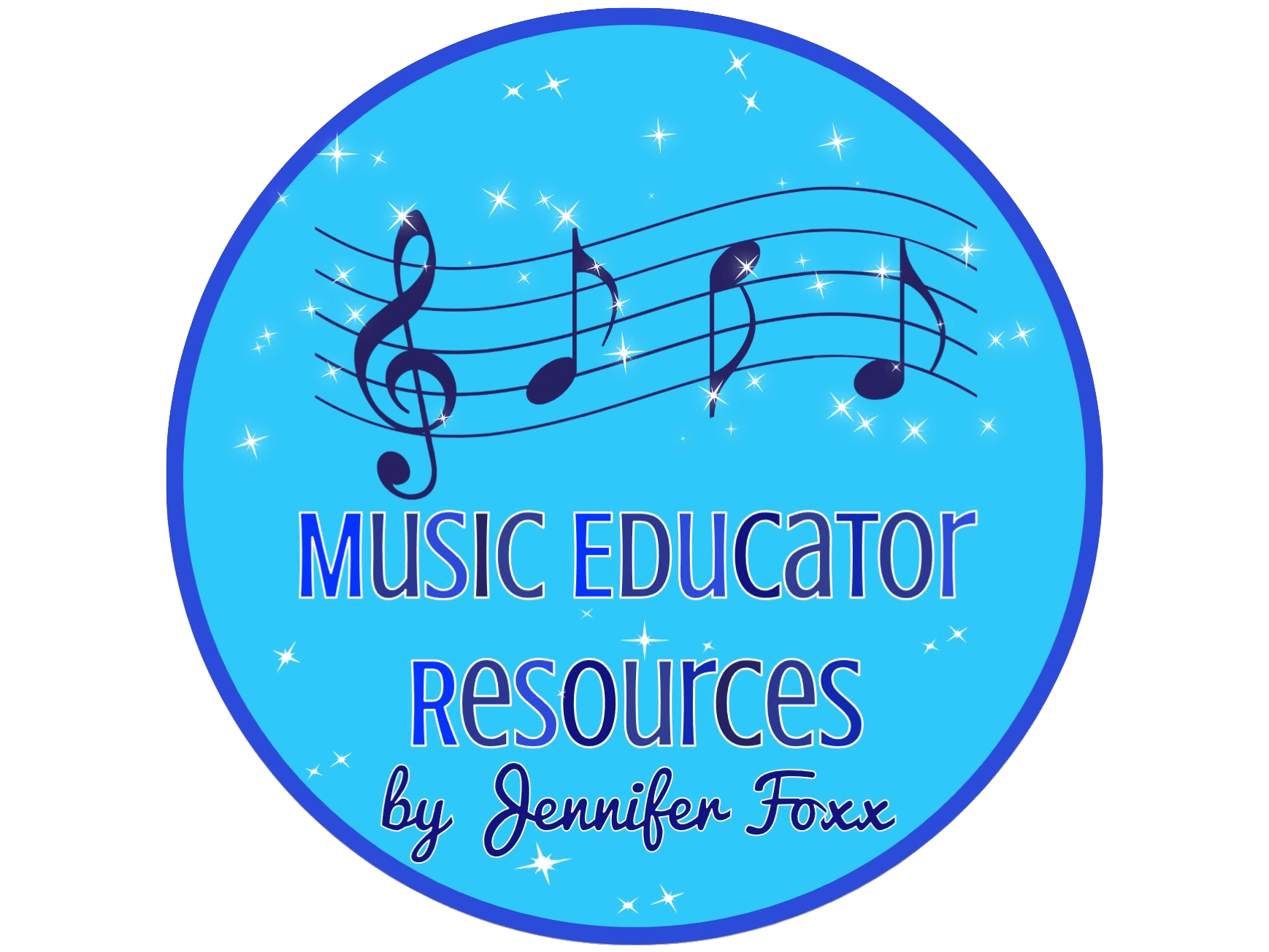
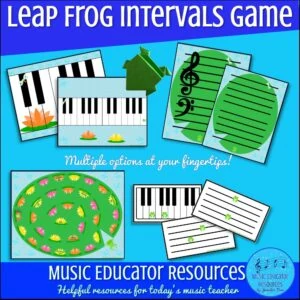
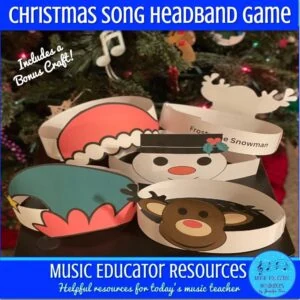
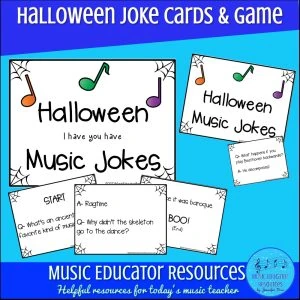
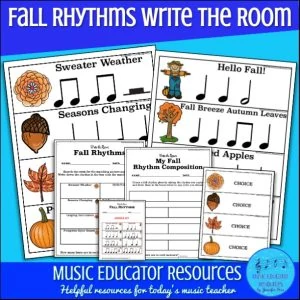
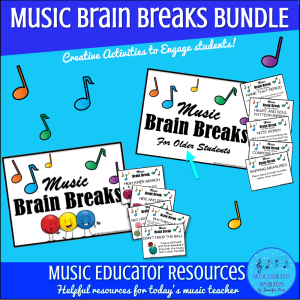
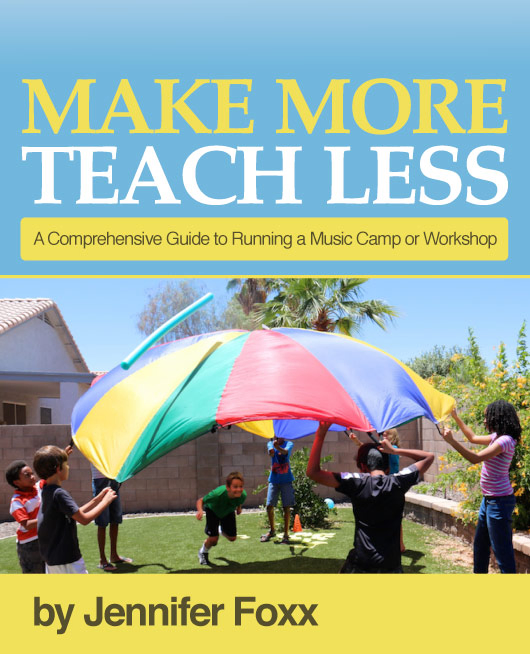
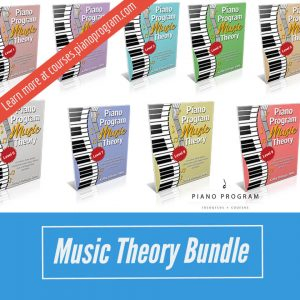
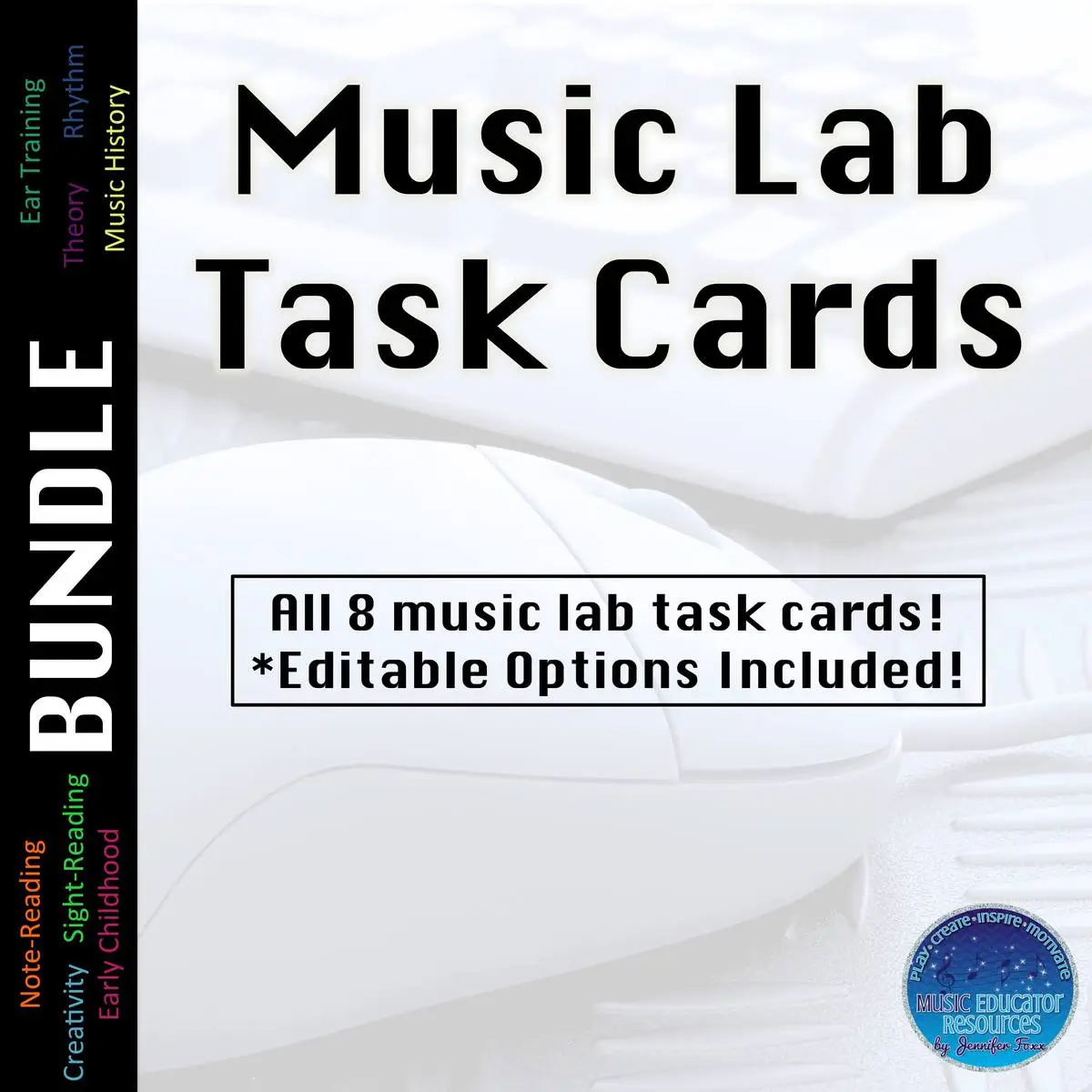
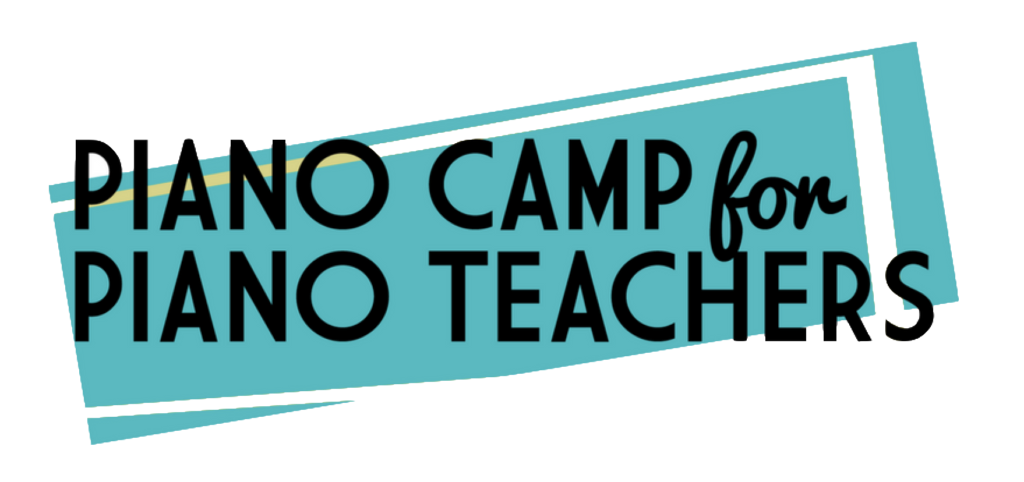


Thanks for this post–so informative!